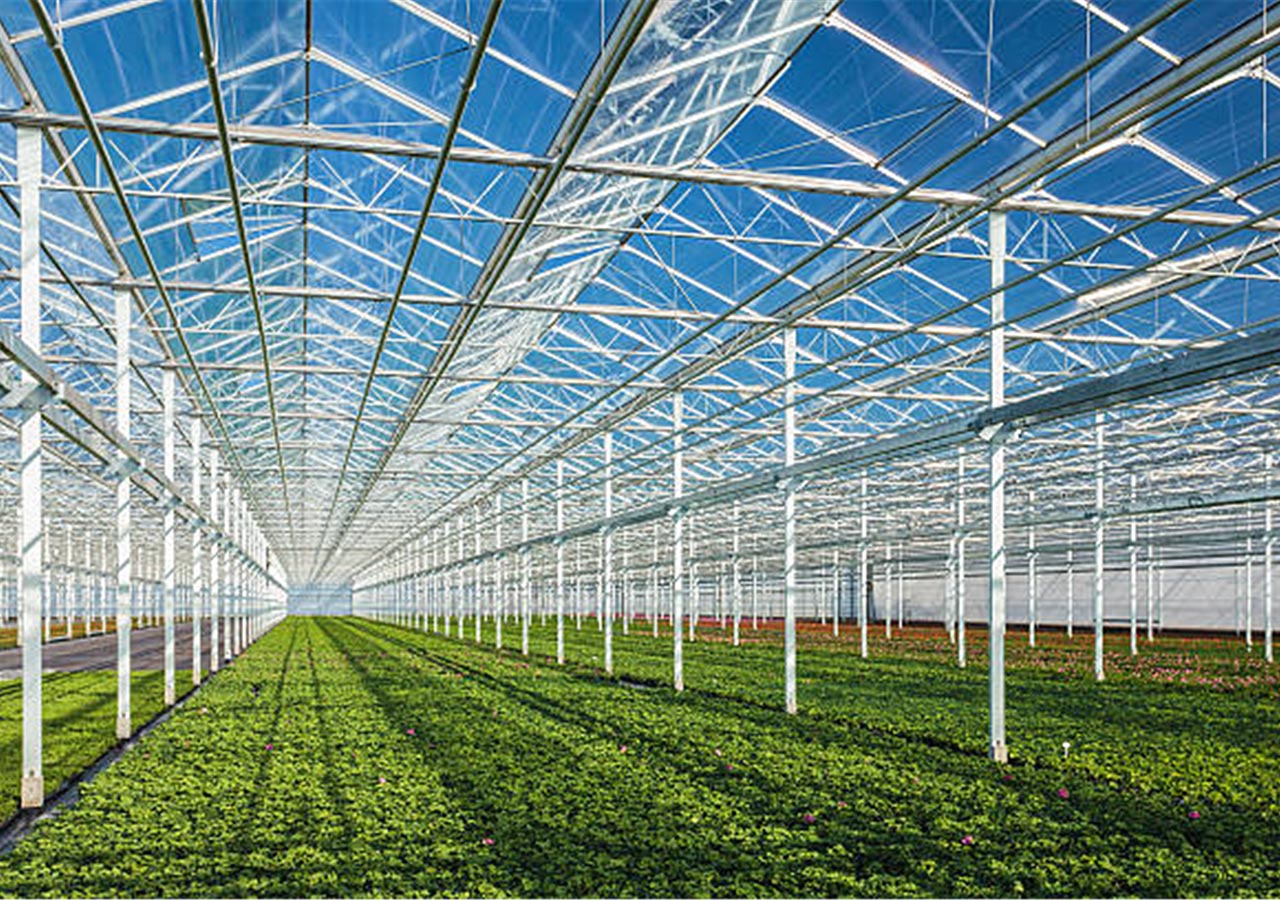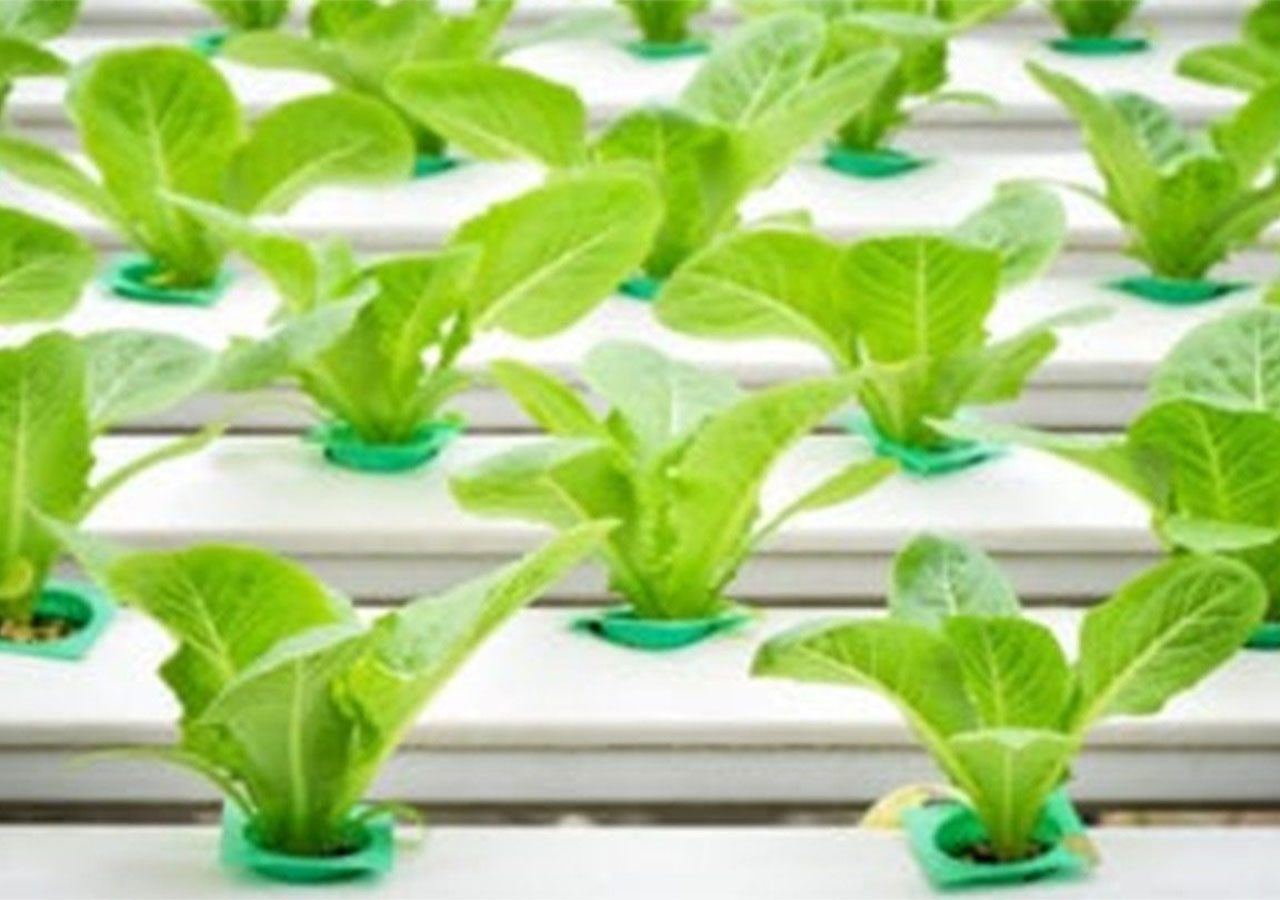Commercial LED Grow Light Solution
LED Grow Light Expert
Solutions of HORTLIT LED grow lights
HORTLIT team will provide more commercial plant growing solutions. Our vision is to use less energy in exchange for more plant yield.

Greenhouse & LED Grow Lights
The greenhouse adopts the principle of heat absorption and insulation, through transparent covering materials and environmental control equipment, the formation of local microclimate, create an environment for plant growth and development, so as to speed up the growth of plants, and the greenhouse can be planted against the season of plants. The use of led horticultural lights in greenhouses is becoming increasingly popular because they can greatly boost photosynthesis and thus increase crop yields.
Hydroponic & LED Grow Lights
In hydroponic systems, the roots of plants are submerged in liquid solutions containing macronutrients, such as nitrogen, phosphorus, sulphur, potassium, calcium, and magnesium, as well as trace elements, including iron, chlorine, manganese, boron, zinc, copper, and molybdenum. Additionally, inert (chemically inactive) mediums such as gravel, sand, and sawdust are used as soil substitutes to provide support for the roots. In addition to the nutrients needed by the plant itself, the role of light is particularly important for plant growth. But indoor farming just can't meet this need, so led growing lights are especially important.


Vertical Farming & LED Grow Lights
Vertical farming is the practice of growing crops in vertically stacked layers.[1] It often incorporates controlled-environment agriculture, which aims to optimize plant growth, and soilless farming techniques such as hydroponics, aquaponics, and aeroponics. Some common choices of structures to house vertical farming systems include buildings, shipping containers, tunnels, and abandoned mine shafts. As of 2020, there is the equivalent of about 30 ha (74 acres) of operational vertical farmland in the world.



